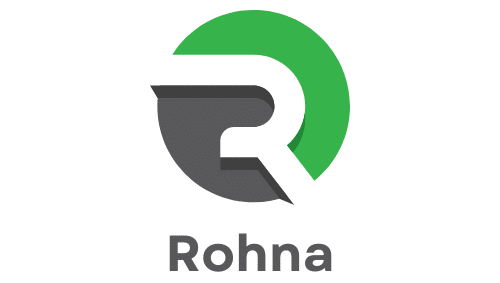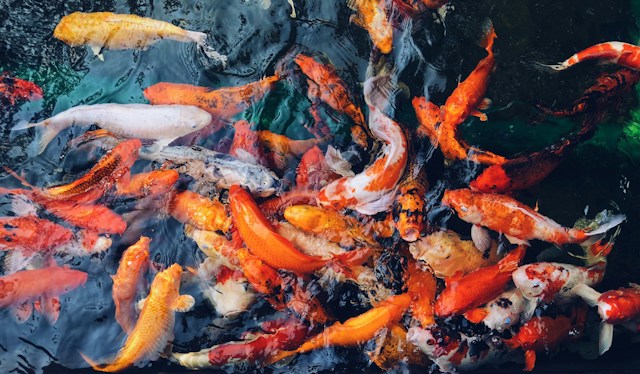The world’s appetite for seafood has never been greater, leading to unprecedented pressure on wild fish populations. However, there is a potential solution: sustainable aquaculture. As you delve into this article, you will understand how adopting sustainable practices in aquaculture could significantly contribute to global food security, economic growth, and environmental preservation, while alleviating pressure on wild fish populations.
The State of Global Aquaculture and the Need for Sustainable Practices
Aquaculture refers to the cultivation of freshwater and marine species under controlled conditions. It has experienced exponential growth in recent years, becoming the fastest-growing food production sector globally. However, this rapid growth has brought along numerous environmental and socio-economic challenges.
Lire également : What are the areas of intervention of an expert in load stopping solutions ?
The industry frequently falls under criticism for its environmental footprint, including overuse and contamination of water resources, destruction of coastal ecosystems, and the spread of diseases and invasive species. These are grave concerns that need addressing if aquaculture is to be a part of the solution to the decline in wild fish populations.
The need for sustainability in aquaculture practices is thus evident. Sustainable aquaculture is about maximizing production efficiency while minimizing negative effects on the environment and society.
En parallèle : How to choose a good tattoo artist ?
Sustainable Aquaculture Practices
There’s no one-size-fits-all approach to sustainable aquaculture. Practices vary widely depending on the species being farmed, the farming systems used, and the local environmental conditions. But certain principles are universal. These include minimizing waste, avoiding the use of harmful chemicals, maximizing energy efficiency, and ensuring the welfare of farmed fish.
One of the most promising practices is integrated multi-trophic aquaculture (IMTA). This approach mimics natural ecosystems by farming different species together in a way that allows the waste produced by one species to be used as food by another. Not only does this improve resource efficiency, it also reduces the need for external inputs such as feed and fertilizers.
Another key practice is responsible sourcing of feed. Many farmed fish species are carnivorous, meaning they require feed made from wild-caught fish. This creates a paradox where aquaculture actually increases pressure on wild fish populations. To solve this, the industry is increasingly turning to alternatives such as plant-based and insect-based feeds.
How Sustainable Aquaculture Can Alleviate Pressure on Wild Fish Populations
The global demand for seafood is projected to increase in the coming decades due to population growth, rising incomes, and urbanization. This puts increasing pressure on already overfished wild populations. Sustainable aquaculture can play a crucial role in meeting this demand without further depleting wild stocks.
By following sustainable practices, aquaculture can increase production efficiency and reduce dependence on wild-caught fish for feed. This would allow more wild fish to remain in their natural habitats, helping to preserve biodiversity and maintain the health of marine ecosystems.
Moreover, aquaculture has the potential to restore overfished species. For instance, farming of species such as bluefin tuna and European eel, which are critically endangered in the wild, could help their populations recover while still providing a source of food.
Economic and Social Benefits of Sustainable Aquaculture
Sustainable aquaculture isn’t just about preserving fish stocks and protecting the environment. It also has significant economic and social benefits. The industry currently supports the livelihoods of hundreds of millions of people worldwide, particularly in developing countries where it provides much-needed income and food security.
By adopting sustainable practices, the aquaculture industry can ensure its long-term viability, protecting these livelihoods for future generations. Moreover, sustainable aquaculture can create new economic opportunities. For instance, the development of new technologies and practices for sustainable farming can spur innovation and job creation.
In conclusion, sustainable aquaculture represents a crucial strategy in the effort to meet the global demand for seafood while conserving wild fish populations. Through the adoption of innovative practices and technologies, the industry can maximize its productivity, minimize its environmental footprint, and contribute to economic growth and food security.
Land-based Systems in Sustainable Aquaculture
Land-based systems in sustainable aquaculture refer to fish farming practices that are carried out on land, away from natural water bodies. These systems have the potential to significantly reduce the environmental impact of aquaculture and contribute to the preservation of wild fish populations.
One of the most impactful land-based systems is recirculating aquaculture systems (RAS). These highly controlled environments use water filtration technology to clean and reuse the water within the system. By recirculating the water, these systems can minimize water usage and significantly reduce the discharge of waste into the environment. Additionally, because the fish are kept in isolation, the risk of disease transmission to wild fish populations is significantly reduced.
The development of land-based aquaculture systems also provides a solution to the issue of habitat destruction, one of the major criticisms of traditional aquaculture. By shifting production away from sensitive coastal and freshwater ecosystems, we can help preserve these habitats and protect the diverse species that rely on them.
Though these systems require significant upfront investment, they provide a long-term, sustainable method for seafood production. And as technology advances, the efficiency and affordability of these systems are likely to increase, making them an increasingly viable option for meeting global food demand.
Improving Water Quality and Management in Aquaculture Systems
Maintaining good water quality is critical for the success of any aquaculture system. It is not only essential for the health and growth of the farmed species, but also for the surrounding environment.
Many traditional aquaculture practices have been criticized for their impact on water quality. Nutrient-rich waste from fish farms can lead to eutrophication, a condition that depletes oxygen levels in the water and can lead to the death of aquatic life. Furthermore, the use of antibiotics and other chemicals can lead to water contamination, harming both aquatic ecosystems and human health.
To address these issues, sustainable aquaculture practices emphasize proper waste management and the minimal use of chemicals. Techniques such as water recirculation, filtration, and the use of waste-eating species can significantly reduce the amount of waste that enters the environment.
As part of sustainable water management, it is also important to monitor and manage the health of farmed species. Healthier fish are less likely to require antibiotic treatment, reducing the risk of antibiotic resistance in both aquaculture and natural environments.
Conclusion: The Necessary Transition to Sustainable Aquaculture
In an era characterized by rapidly increasing demand for seafood and declining wild fish stocks, the transition to sustainable aquaculture is more necessary than ever. It represents a practical and effective solution for alleviating pressure on wild fish populations while ensuring global food security and contributing to economic growth.
Adopting sustainable practices such as integrated multi-trophic aquaculture, responsible sourcing of feed, use of land-based aquaculture systems, and improving water quality management can significantly reduce the environmental impact of aquaculture.
Sustainable aquaculture also has the potential to contribute to the restoration of overfished species and the preservation of diverse marine ecosystems. At the same time, it provides significant economic and social benefits, supporting the livelihoods of hundreds of millions of people around the world.
The challenges involved in transitioning to sustainable aquaculture are considerable, but so too are the potential rewards. By embracing innovative practices and technologies, the aquaculture industry can ensure its long-term viability while making a significant contribution to the preservation of our planet’s precious aquatic resources.











